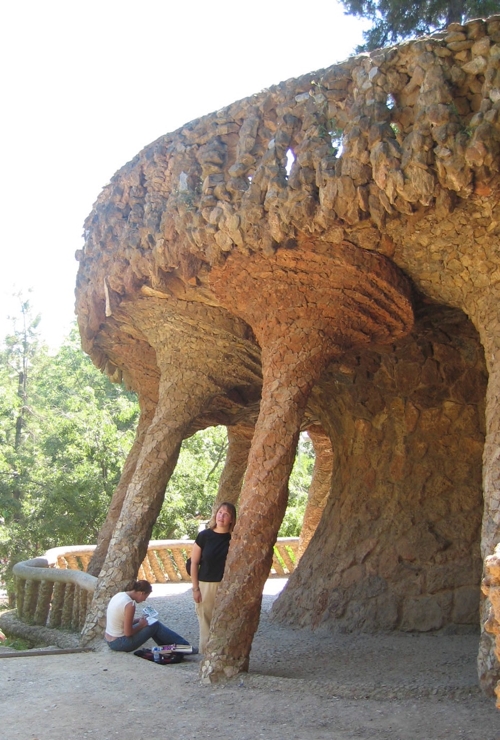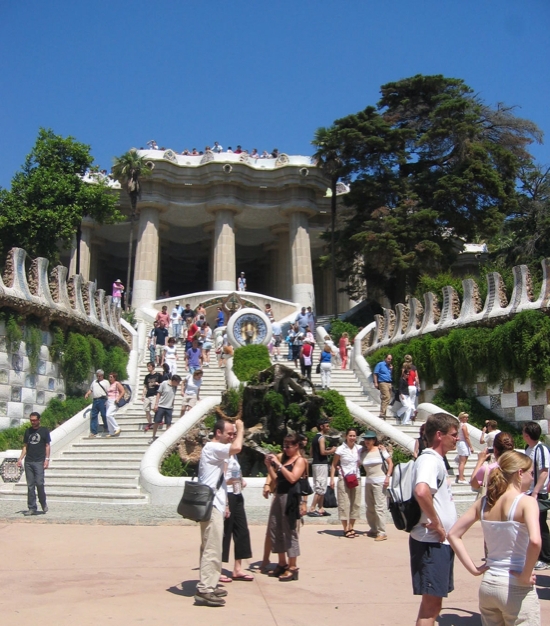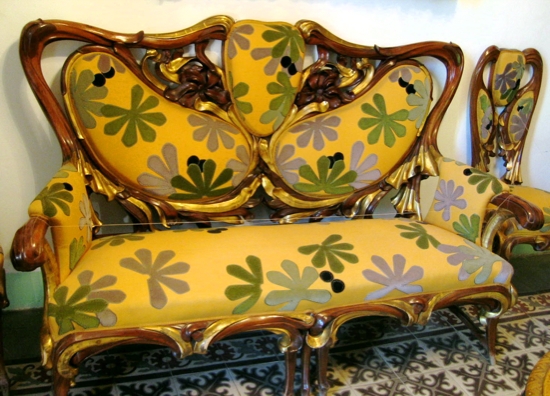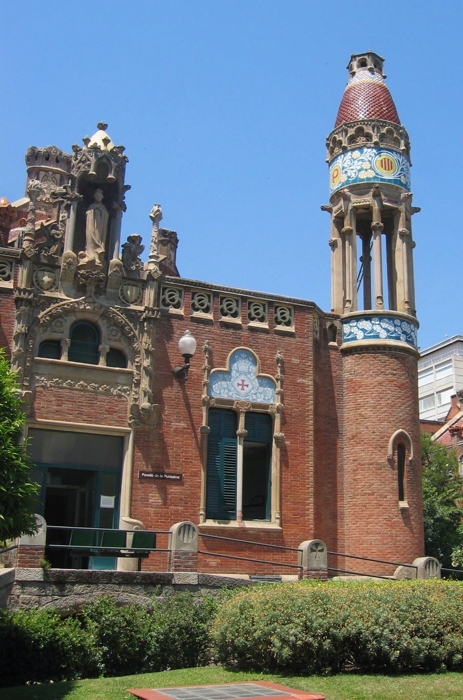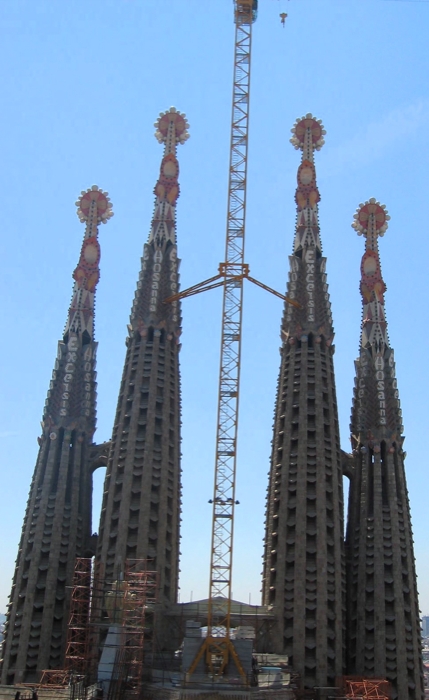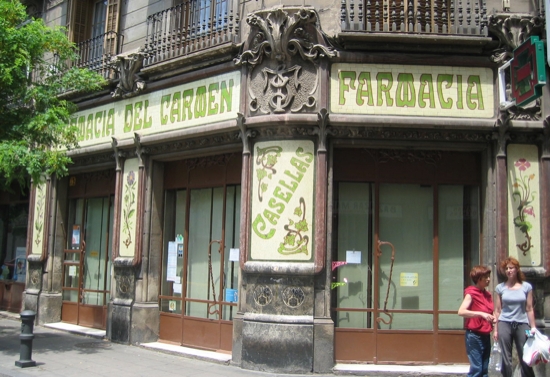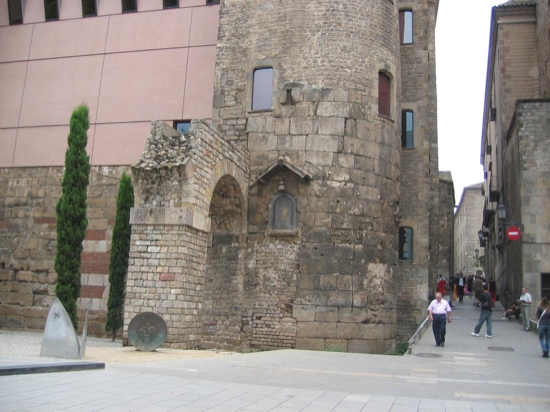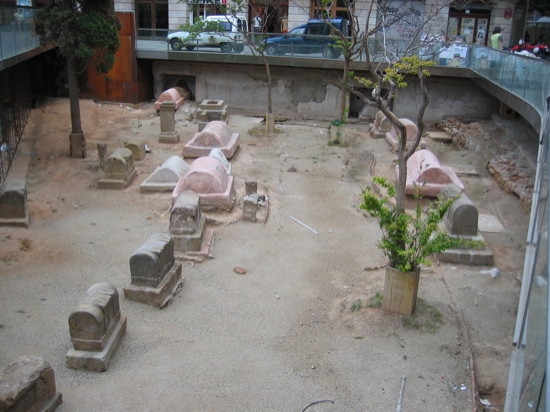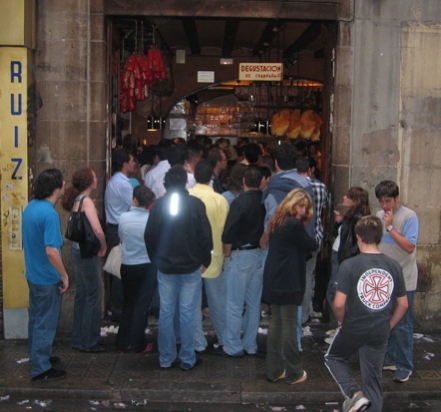July 15, 2004
Goodies from Adaptive Path
 Just a little post, reminding you all of some things we got going on, and discounts we're offering for everything.
Just a little post, reminding you all of some things we got going on, and discounts we're offering for everything.
On July 22nd (that's next week), the J-J-Geegester does New York Tufte-style with a one-day presentation on The Elements of User Experience. Use the promotion code FOPM and get 15% off!
Next month, the entire Adaptive Path crew ransacks our nation's capital with User Experience Week, 4 days of tutorials, activities, parties, and field trips. We've got some great guest speakers -- Christina Wodtke, Doug Bowman, and 37 Signals. We've also structured the sessions so that each day has a strong theme, and if the whole week is too much of a commitment, you can sign up for individual days:
- Day 1: Organizational and Strategic Issues of User Experience
- Day 2: Interaction and Interface Design
- Day 3: CMS and Web Standards
- Day 4: Bringing it all together... and field trip!
Once again, use the promotion code FOPM for 15% off.
Lastly, we're offering a discount on my first report, How Labels Affect Usability and Branding. Use the coupon code LABELSDEAL and get 15% off all the reports you buy, as long as one of them is "Labels."
July 11, 2004
Photos from and Thoughts on Barcelona
I, seemingly like everyone else, adore Barcelona. This was my first visit, and it was too brief (only 3 days). It became very clear very quickly that the best way to see this city is to rent an apartment for a week or two (or four) and live the life.
Being first time visitors to the city, we did our part to take in Gaudi and the other Modernist architects. Our first morning, we headed straight for Parc Guell, Gaudi's attempt at an upper-middle class garden city (which failed, and was turned into a public park).
Tourists visiting Parc Guell will be tempted to take the subway and then walk. Let me discourage this. We did it, and the walk is a) not brief, b) mostly up hill and c) has you enter at the least appealing part of the park. If I were to go back, I'd take a cab. Taxis are very affordable, and a trip up to the Parc probably would run you about 4 Euros.
Right angles? Bah!
Near the entrance to the park. I'm helping some other travelers get a photo taken.
One of the park's niftiest attractions is the Gaudi House, where he lived for the last 20 or so years of his life. It's set up as a kind of museum, and is a marvel of architecture and interior design in the modernist/art nouveau mold.
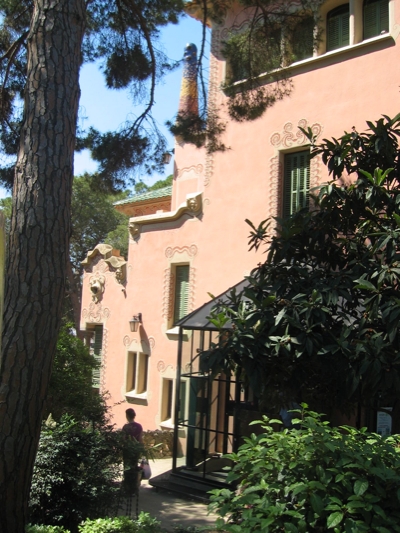
The exterior. Click to make bigger and see the detail.
Inside, there's lots of nifty furniture.
Flowery couch
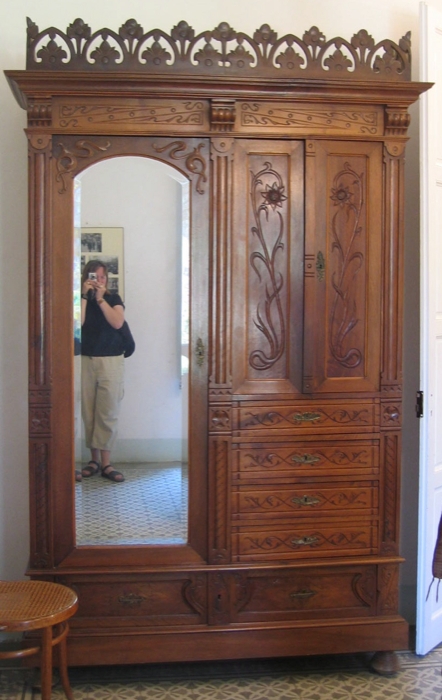
That would look very nice in my bedroom
After Parc Guell, we made our way to the Hospital de Sant Pau, a remarkable Modernist architecture experience. The architect's idea was that patients would recover more quickly in a beautiful place -- a marked departure from typical hospital design. It's a stunning public work.
Hospital Building
Column thingy
A short walk from the hospital is Sagrada Familia, what is considered Gaudi's monumental masterwork.
Spires atop the cathedral. "Excelsis" and "Hosanna" visible in the spires.

The temple is awesome. As our guidebook noted, If You're Going To See One Thing In Barcelona, this is it. A dizzying, delightful work. I was particularly taken with the Passion Facade - a set of sculptures depicting Christ's death and ascension. The work of Subirachs, these scultptures are so unexpected that they really drew me in. The blocky shape of the figures is at first shocking, and then their beauty and power become clear.
Just thought it was wild that Art Nouveau is everywhere
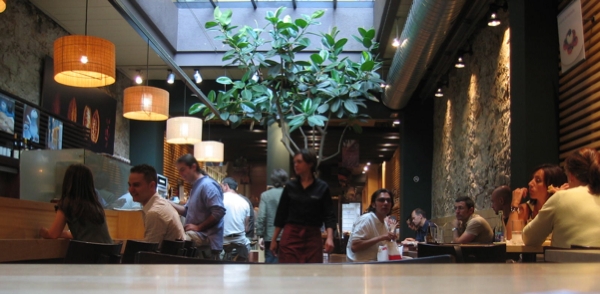
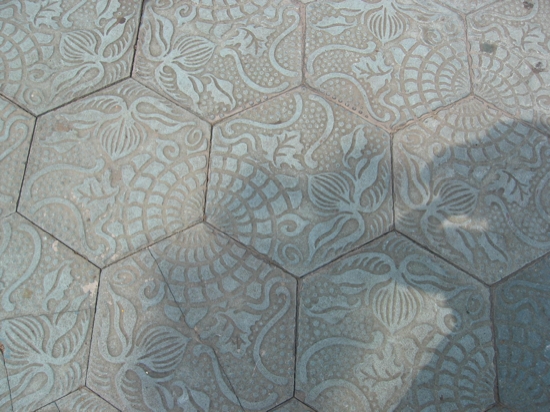
One of our favorite aspects of Barcelona was learning about its origins as the Roman City of Barcino. We visited the Museu d' Historia de la Ciutat, which is set atop an archaeological site that you get to wander through. The amount of 4th century roman stuff that's preserved is remarkably -- you wander around this city, through the wine and fish factories. You can't take photos of the site, but that's okay, because Roman ruins still stand in right in the city.
Barcino was a walled city, and some of those walls remain, 1800 years later. It's fascinating that they remain the center of the city, and that their presence affected the development around them.
Roman sandstone walls incorporated into later buildings. I think that arch had an aqueduct above it.
An old roman gravesite, with ...

And now, for some other stuff.
An exceedingly popular cava bar, where people are pressed together like sardines. I couldn't imagine why anyone would go in there.
 Click to Enlarge. This is George Orwell Square (as noted on the left), which makes the sign to the right all the more ironic.
Click to Enlarge. This is George Orwell Square (as noted on the left), which makes the sign to the right all the more ironic.
That's it for photos.
